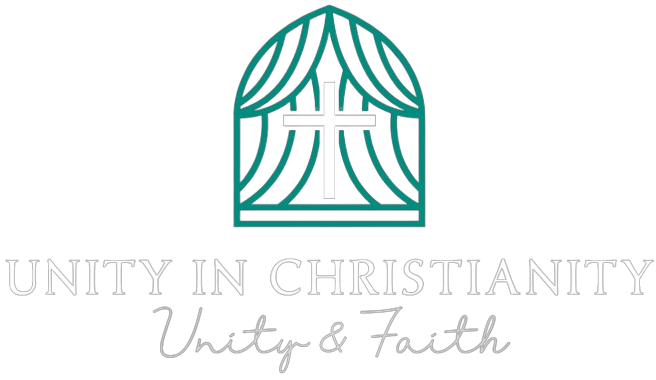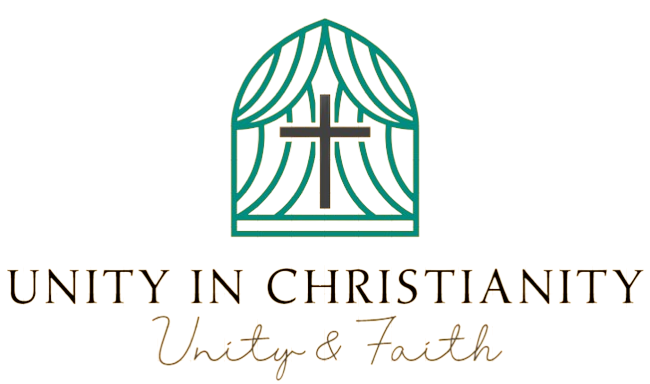The General Synod has voted to transfer many of the Church of England’s national safeguarding staff to a recent independent body while keeping diocesan and cathedral safeguarding officers as church employees.
With the C of E engulfed in a listing of abuse scandals, members meeting on February 11 at Church House, Westminster, debated two models as “the direction of travel” for future safeguarding within the Church. These were set out in a paper by its lead bishop on safeguarding, Joanne Grenfell, Bishop of Stepney.
According to the choice called model three, all diocesan and cathedral safeguarding practitioners would remain of their current structures with no change to their employment arrangements. Most of the people within the National Safeguarding Team (NST) currently employed by the Archbishops’ Council would transfer to an external national body.
But based on model 4, diocesan and cathedral safeguarding practitioners, together with many of the NST staff, would “transfer to a recent delivery body which is external to the Church while remaining embedded in dioceses – working from diocesan offices, attending diocesan meetings, in a position to provide advice locally”.
In support of model 4, Bishop Grenfell said: “Where model 4 differs from model three is in bringing together the staff from 85 charities – the cathedrals within the Cathedrals’ Measure, the dioceses within the Church of England and the Archbishops’ Council into one external employer. Why? The goals of this model, which is the one I support, are to bring sufficient consistency, timeliness and evenness of resourcing to our operational safeguarding.”
The Second Church Estates Commissioner, Marsha De Cordova MP, who fields questions within the House of Commons concerning the C of E, also supported model 4.
She told Synod in her first address to members after taking on her role: “When I used to be appointed Second Church Estates Commissioner last October, I couldn’t have foreseen the storm that was about to engulf the Church.
“No one can deny these past few months have been difficult. It has been an unprecedented time. Since the publication of the Makin Review that exposed the devastating abuses inflicted by John Smyth, MPs, including myself, have rightly expressed concern. We have received correspondence from constituents, distressed clergy, victims and survivors.
“Therefore, Synod, I’m clear that this have to be a watershed moment for the Church to vary its culture and approach to safeguarding, as these failures can never occur again. It is important that this assembly shows each Parliament and the general public that the Church is fully committed to vary.”
She said model 4 would bring about independence in safeguarding operations, complaints processes, scrutiny function and audits.
“Bringing those liable for safeguarding from across the Church under one body will bring about that much-needed consistency in its approach but additionally a consistency in the way it responds and the way it deals with safeguarding matters,” she said.
Ahead of their meeting, members had received a letter signed by 106 safeguarding practitioners in C of E dioceses and cathedrals expressing “serious concerns” about model 4.
“There is little question that transferring staff from 85 current employers to 1 yet-to-be-created employer can be destabilising, expensive, and more likely to take far longer than expected,” the letter read.
“The disruption to recruitment and retention of staff, to existing relationships, and to morale can be considerable.
“Moreover, recent structures bring recent problems: a big national organisation is no less than as more likely to multiply layers of management because it is to enhance frontline service delivery.”
Moving an amendment to adopt model three, the Bishop of Blackburn, Philip North, called model 4 “eye-wateringly complex”. It would “take years to implement, assuming it’s implementable”.
“No organisation has done anything on this scale before and through those years not enough will change when the Church and the nation are demanding change now,” he said.
Bishop North’s amendment passed within the House of Bishops with 23 votes for, 14 against and one abstention; within the House of Clergy with 114 for, 65 against, and two abstentions; within the House of Laity with 106 for, 86 against, and three abstentions.
An amendment by Sam Margrave, a lay member for Coventry Diocese, to “lament and repent of the failure of the Church to be welcoming to victims and survivors and the harm they’ve experienced and proceed to experience within the lifetime of the Church” passed in a vote of the entire Synod with 315 for, 24 against, and 23 abstentions.
Responding to the talk, Bishop Grenfell said: “Model three is a substantial change in itself and I do consider that it can help us to maneuver on. However, there are questions that is not going to go away … problems with consistency, evenness of resourcing, and most of all of trust and confidence.”
The final motion as amended passed with 392 votes for, nine against and 6 abstentions. Synod endorsed model three “as the best way forward within the short term” and called for “further work as to the legal and practical requirements mandatory to implement model 4”.
Julian Mann is a former Church of England vicar, now an evangelical journalist based in Lancashire.


